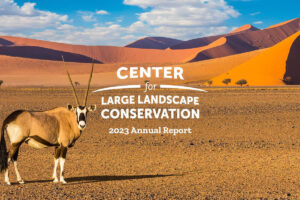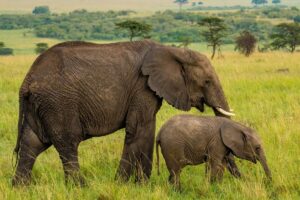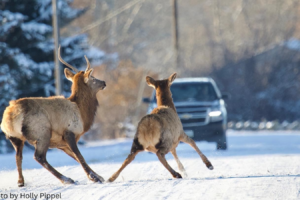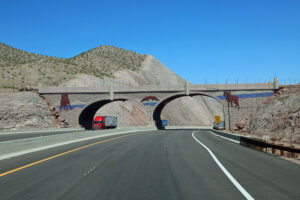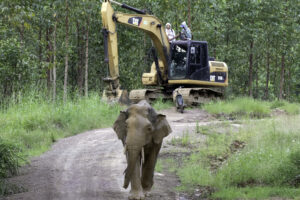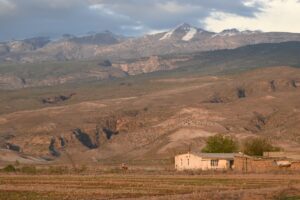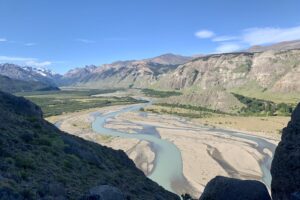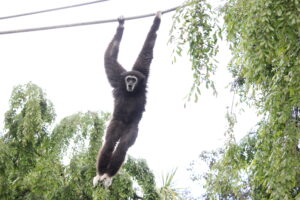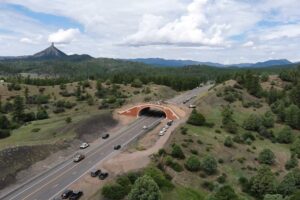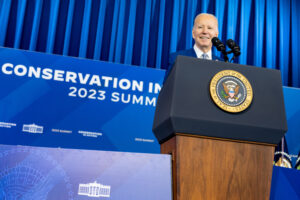2023 Annual Report: Looking Back and Looking Ahead
We are pleased to share with you the Center for Large Landscape Conservation’s 2023 Annual Report, which features many of our activities, accomplishments, and partnerships from the past year. It highlights how, with your support, we are making strides to advance ecological connectivity for climate resilience worldwide through science, policy, practice, and collaboration.
